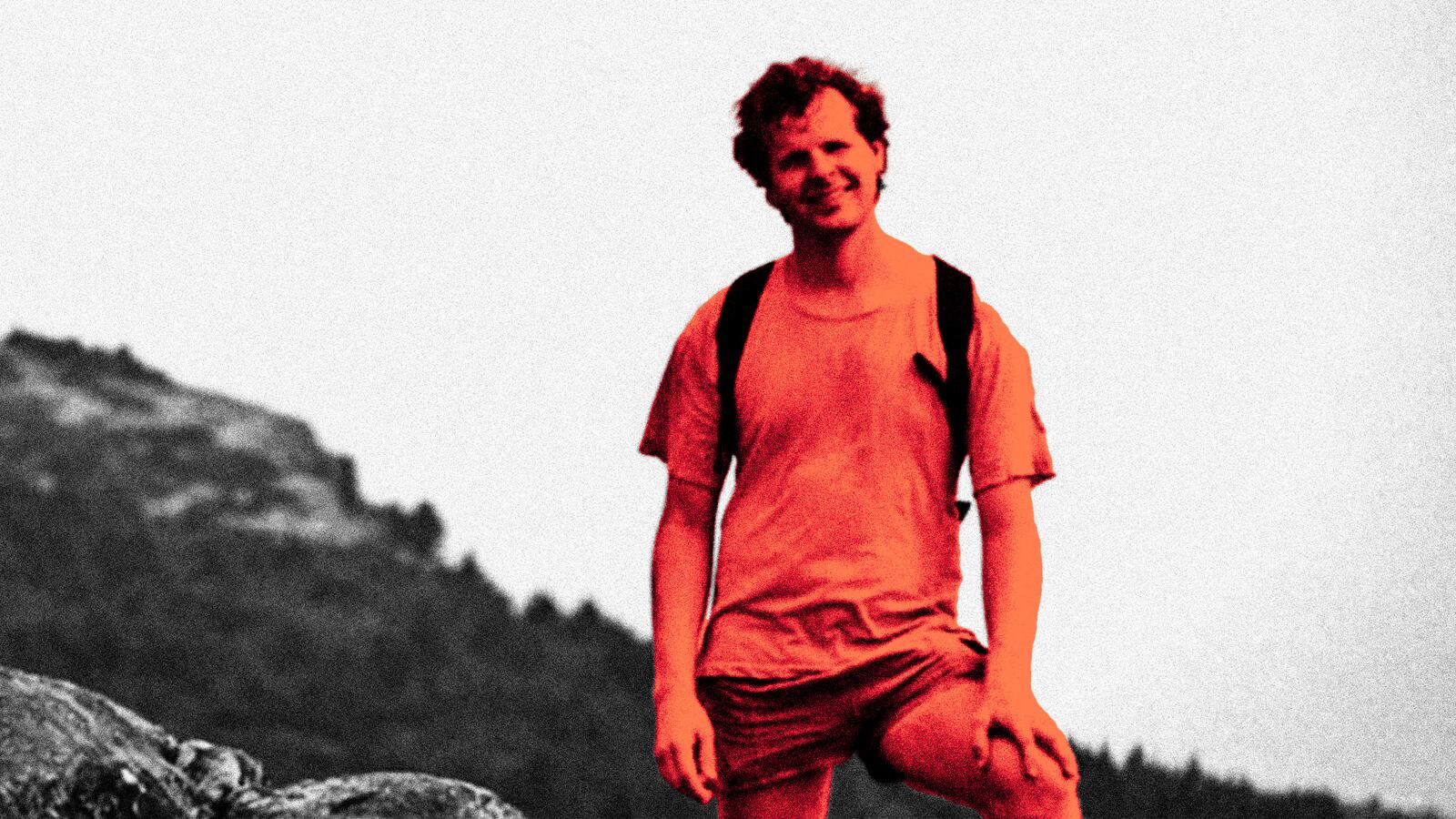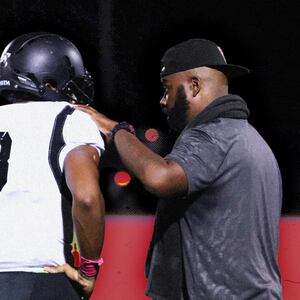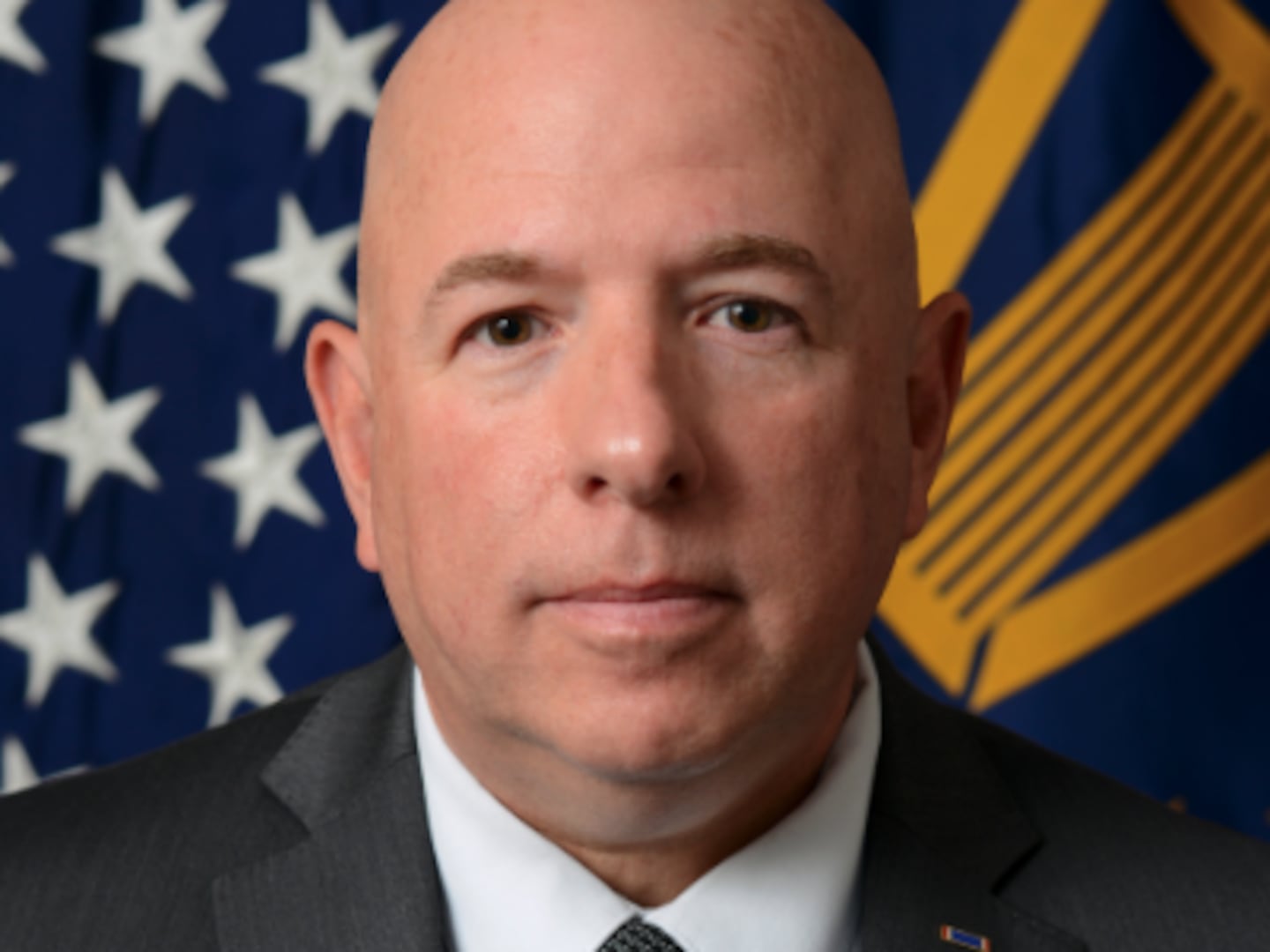Never Let Him Go is the enraging story of a young gay man who was murdered in a hate crime, the culture that demonized his sexual orientation and targeted him for it, and a police force whose apparent prejudice led to his case being casually dismissed as a suicide. Rarely has a docuseries elicited, at least in its early going, so much disgust for law enforcement and both its callous treatment of minorities and dedication to looking out for its own rather than those it’s sworn to protect and serve.
Nonetheless, directors Jeff Dupre and Jacob Hickey’s four-part ABC News docuseries (Sept. 6 on Hulu) is more than merely a righteous scream. Simultaneously a tale of one brother’s decades-long attempt to achieve justice for his deceased sibling, it’s also a powerfully inspiring portrait of loyalty, perseverance, and a love that would not die—and, in the process, begat a quest that ruffled feathers, made national headlines, and ultimately resulted in an unthinkable triumph.
Steve and Scott Johnson were thick-as-thieves brothers, two Los Angeles nerds whose father bolted when they were young and whose mother shacked up with an unlikable boyfriend. They were also incredibly intelligent, especially Scott, whose shy, awkward personality belied an imposing mathematical mind that took him to Caltech and the University of Cambridge, where he fell in love with an Australian fellow student named Michael Noone, whom he chose to follow back to Canberra to complete his Ph.D. Through interviews with Steve, his sister Terry, younger half-sister Becca, wife Rosemarie, and kids Emma and Tessa (as well as Scott’s friends in Canberra), a picture emerges of Scott as a warm, kind, gifted young man whose life was just beginning to blossom and whose future looked amazingly bright.
No one was closer to Scott than Steve, so no one took it harder when, on Dec. 10, 1988, Scott was found dead at the bottom of North Head cliff near Manly, a seaside suburb in Northern Sydney. Scott was discovered naked, his clothes folded neatly near the spot from which he must have plummeted, his wallet missing, and his body’s injuries consistent with a fatal fall. With no signs of foul play, detective Troy Hardie and his colleagues deemed Scott’s demise a suicide. This theory was boosted by Noone’s testimony that Scott had previously considered taking his life at San Francisco’s Golden Gate Bridge and also, ostensibly, by the fact that Scott was gay—the intolerant implication being that homosexuals are gloomy loners and thereby prone to such fatalistic acts.
In Never Let Him Go, Hardie stands by his analysis of the evidence he had at the time (which he claims was gathered “in good faith”), but Steve—who had just welcomed his first child, whom Scott hadn’t even met—didn’t buy that theory and began pushing authorities to consider that Scott had been killed by an assailant. When the coroner’s report deemed it a suicide, the matter was temporarily settled, much to Scott and his relatives’ dissatisfaction. Back in California, Steve hit it big developing image-compression software that was bought by AOL (whose R&D division he subsequently ran), earning a fortune. In doing so, he acquired the means to restart his inquiry into Scott’s death at just the same time that he received an out-of-the-blue note from Noone with an article that changed things forever.
Apparently, many gay men were turning up dead on the beaches below Australian cliffs. This reconfirmed Steve’s conviction that his brother hadn’t committed suicide but, instead, was the victim of something far more sinister. Enlisting the aid of journalist Dan Glick (who had made a name for himself covering the JonBenét Ramsey story), Steve recommitted himself to his cause, determined to find out who murdered Scott, and why. The answer, Steve soon came to suspect, had to do with his brother’s homosexuality. In the late ’80s and early ’90s, Australia was rife with loud-and-proud homophobia, replete with gangs of “bashers” who had no qualms about assaulting anyone they thought was gay—to the point that some openly admit their violent tendencies in archival TV news reports. Moreover, Steve and Dan eventually learned that the remote locale where Scott had perished was one of the area’s many known “beats”—local hangouts where gay men met up for anonymous casual sex.
It became increasingly clear that Scott had been singled out for his sexual orientation. However, getting the cops to believe this—and to do something about it—took dogged persistence. As Steve and Dan clash with detective Pamela Young, Never Let Him Go transforms from a simple mystery into a damning snapshot of police force intransigence, insensitivity, and self-preservation tactics. That law enforcement works hard to avoid admitting mistakes, and likes to rally around its members during times of duress, is treated by interviewed officers as par for the course. Yet in Dupre and Hickey’s docuseries, it reeks of intolerably misguided priorities.
Still, Steve’s refusal to quit is as commendable as many manly cops’ apathy is infuriating. While everyone agrees that it’s ridiculous that justice can only be sought via the type of enormous financial expenditure made by Steve, his willingness to spend—to subsidize investigations, to get himself in newspapers and on TV, and to fund enormous rewards—was an outgrowth of his abiding affection for Scott. Moreover, despite starting this mission with absolutely nothing to go on, Steve’s tireless efforts finally paid off in 2020, 32 years after his sibling’s passing. Thanks to his constant media pressure, as well as the canny sleuthing and strategizing of detective Peter Yeomans, Scott White was ultimately identified as the culprit, and was even caught on video copping to the murder at the very scene of the crime.
Never Let Him Go is thus multiple things at once: a critique of culturally ingrained bigotry and the way in which it informs public and law-enforcement attitudes and actions toward marginalized members of society; a lament for a promising life cut tragically short; and a rousing tribute to a brother whose unwavering devotion knew no bounds. In the process, it’s also proof that, when faced with problems that seemingly no one wants to solve, the best tack to take, per Dan’s mentor, is, “Sometimes you just have to stir the pot.”








